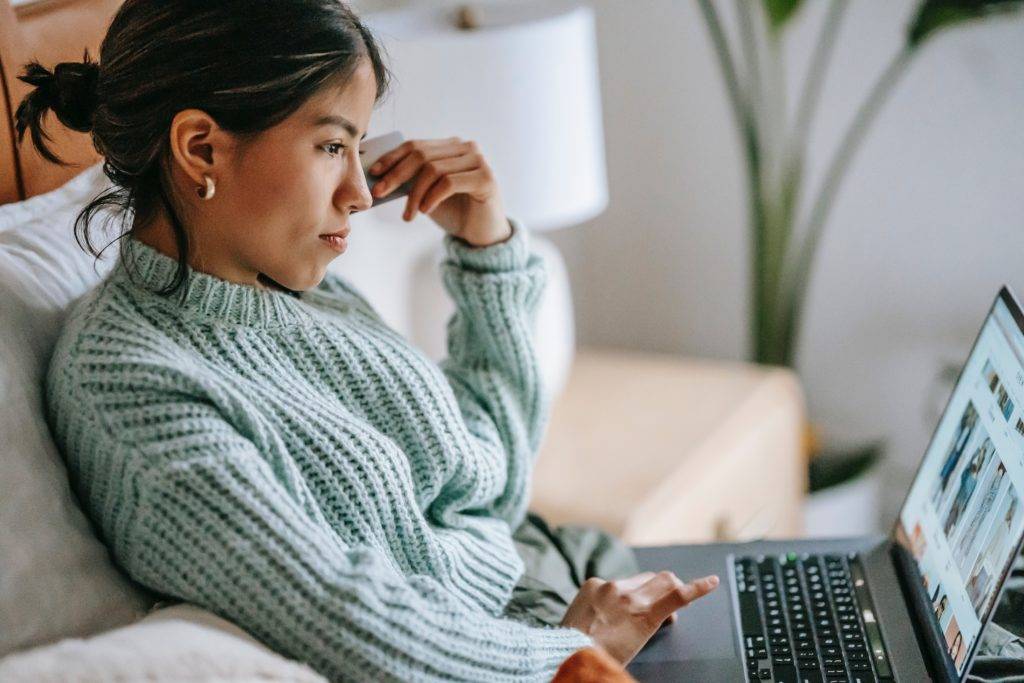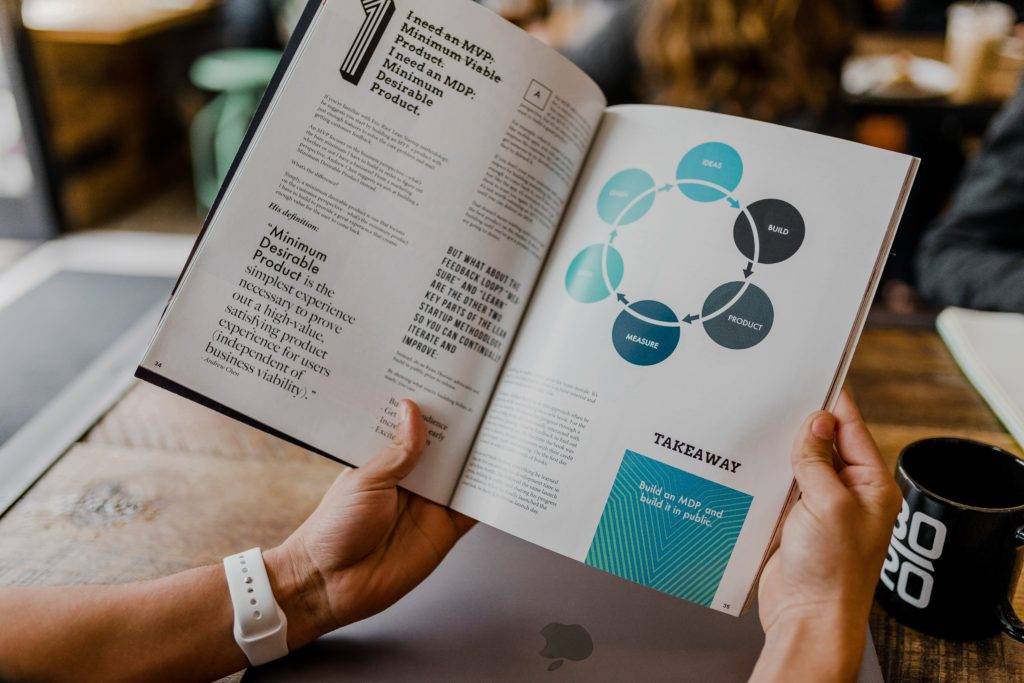
In B2B, a frictionless purchasing journey is crucial for buyers who frequently encounter tedious sales cycles and qualification processes. By prioritizing buyer enablement, organizations can enhance their win rates and drive success. However, many sales teams still fail to recognize the significance of this approach.
Traditional sales methods teach sales reps to share product features and benefits, and some still compete on pricing. Standing out from the pack and differentiating your product or service from your competition using these traditional methodologies can be a challenge. This is why we’re seeing sales organizations have success with newer sales methodologies like value-based selling or challenger selling.
A big part of the job, when you’re a sales rep or sales leader, is building relationships with prospects and clients. This means that frustration in the buying process is probably not a surprise.
In fact, it’s often not about whether sales reps have the content to educate their customers but about helping them to qualify what’s important. After all, 89% of customers report finding helpful information during the sales process, but many also claim that there’s so much content available it’s overwhelming and that they don’t know what is essential to help them make a final decision.
Creating a buyer enablement strategy will help you to support your customers better and help you win more business.
What is buyer enablement?
Buyer enablement is the process of providing resources and tools to potential buyers to equip them to make a purchase more easily. These tools and resources might include things like ROI calculators, benchmarking data and case studies, white papers, renderings, or simulations. They can be interactive and tailored to the specific customer and their buying process.
At Qwilr, our proposal and sales collateral management software is designed to help sales reps do buyer engagement well and at scale. We help sales reps personalize their materials quickly and efficiently to impress everyone on the buying team. These materials are also easy to share if your customers have large buying teams or other stakeholders who need to be kept informed through the process.
Buyer enablement VS sales enablement
Buyer enablement and sales enablement are similar in that they are both about providing tools and resources. The key difference is the audience for those tools and resources. Sales enablement teams provide resources to the sales team in an organization. On the other hand, it’s the sellers who provide buyer enablement content and programs to their prospective customers.
The goal of a sales enablement department is to support each salesperson or account executive on the sales team. The goal of a buyer enablement program, on the other hand, is to create an effortless buying experience. In this scenario, it’s the salespeople who are providing the resources needed to enable the success of a potential buyer.
How to implement buyer enablement effectively
To implement buyer enablement effectively in your organization, you’ll want to start by thinking like your buyer. Ask yourself what your buyer will need to be able to say yes comfortably and confidently. As part of this process, you might want to start by looking at the broader market. What do B2B buyers like yours see, hear, and experience when looking for the right solution?
1. Coach buyers through the process
Remember that your prospects come to you because they need help accomplishing a specific objective and believe your product may be a viable solution. As a sales rep or sales leader, you and your team are the experts on your product or service.
Use this expert product knowledge to coach your prospects into becoming product experts so that they’ll make more compelling purchasing arguments in internal meetings. For instance, provide them with sales collateral and messaging that’s easily shareable with other decision-makers and contains the information they need to give a persuasive presentation on your product internally. Include any data or metrics that you would have used when presenting to the same type of audience.
Your prospect will appreciate the push in the right direction and be grateful to have a bit of preparation work taken off their plate. By helping your buyer engage the rest of the stakeholders in this way, you help yourself—you have a person on the inside that can support the internal team in the buying journey the same way that you would if you could get into those internal meetings.
2. Map out buyers’ needs
You can’t go somewhere if you don’t have a map of how to get there. So, when you’re creating your buyer enablement strategy, mapping out your customer’s buying journey from start to finish and identifying potential pitfalls is an excellent place to start.
Consider every step of the buying process and who is in the buying group, and write it all down, even if it seems small or insignificant. It may be that you can create resources to address multiple pain points at once, but you won’t know unless you have them all listed out. After you’ve created a map, you can then start to determine which types of enablement would be at each part of the buying journey. For instance, having all the relevant information, including product documentation, is important later in the process, but some coaching or short videos may be better as the team is getting to know you and your solution. Ultimately, your goal is to create a fluid buying experience, help buyers to make an informed decision, and create sales collateral that can speak for you when you’re not in the room.
3. Help your buyer, don’t just sell
If your product isn’t a good fit for a prospect, your sales team shouldn’t sell it to them. This is why there are so many resources around qualifying leads. A prospect who isn’t on board to make a purchase or who doesn’t have the budget or need for your product or service is never going to make a purchase and is not somewhere you want to waste time and resources.
Additionally, with the internet and social media, your potential buyer isn’t looking for a hard sell as they’re working through their buying decision. They likely started their purchase process well before they even reached out to you for a meeting or product demo. What they’re looking for is a trusted advisor who has expertise in their industry or with their needs and can provide expert guidance. This relationship becomes even more valuable if there is an opportunity to have an ongoing relationship and for your prospect to have multiple opportunities to buy from you and your company.
When setting up your buyer enablement program, you want to create a helpful culture that encourages your sales team to give prospects the best advice, even if it means not closing a deal. If another product meets their needs more readily, it should be okay for a sales rep to recommend it. You’ll get word-of-mouth marketing and build trust and credibility when these potential customers talk about what an honest and excellent sales experience you provided. And, you never know; their needs may change, and they may find themselves reaching back out in the future.
4. Value your customer’s time
Like you, there are a million things your prospects could be doing with their time. If your team has ideal customer personas, you’ve probably come up with a pretty good idea of how many things your prospect is trying to achieve at any given time (if not, now is a good time to think this through).
This is why you want to create resources your buyers can use throughout the process that save time where you can. Avoid long meetings when a short loom video or customizing a template with some talking points will do. If your sales cycles are typically on the longer side, consider asking your prospective buyers if there is a more direct path through their decision-making process. Avoid asking the same questions over and over and use recordings and/or note-taking technology to document important information that was shared. This information can be uploaded directly into your CRM, and if you have any automation set up in your enablement program, you might be able to proactively share resources that will help you close deals at the right time.
5. Demonstrate a return on investment
When making a large purchase decision, pricing is only part of the equation. Your buyer wants to know when and how they will see the return on their investment. This could be in actual cost savings, additional revenue, or time saved by purchasing your solution.
Including an ROI calculator in your buyer enablement program can help show when and how your buyer will see this return. Being able to plug in variables like the number of staff members or licenses purchased to show how much return the customer will see is helpful. And as a bonus, this type of calculator is both interactive and easily shareable so the entire buying team can give it a try.
6. Ensure your sales process is aligned with your buyer journey
Regardless of which methodology you use or what elements are included in your buyer enablement program, it’s important to align this process with the buyer journey. If you’re producing too much content or sharing content at the wrong time, you risk alienating or overwhelming your customers early in their buying process.
If you want validation that your program is working, ask for feedback and check in with your potential customers about their needs frequently along the way. As B2B buying continues to evolve, it’s important that your buyer enablement program evolves too.
7. Celebrate your wins and learn from your losses
No one knows better than B2B sales professionals that you win some, and you lose some. While it’s important to enjoy your wins (and the commission checks that go with them) - when it comes to buyer enablement, you also want to pay attention to your losses.
Consider pausing long enough to ask customers who have said ‘no’ or ‘not right now’ which solution they went with or how they determined now is not the right time. These insights can help you continue to improve your buyer enablement program. Maybe you found an objection you hadn’t anticipated, or a key role on the buying team had turned over late the in the process- leading to some delays in the decision-making. How can you improve your buyer enablement process to better overcome that objection next time or account for a turnover on the buying team?
Take action
If you liked what you read and feel like now is the right time to create a buyer enablement program, it’s easy to get started with a little bit of planning and strategizing. Start with your end goal in mind, getting more prospects to say yes more easily.
Map out the buying journey for your product or service and determine what materials will be the most helpful to your buyers and when. You might create some on-demand webinars or other resources that you can use early in the process and some templates you can customize as your customers get further along. Need help creating some buyer-centric materials?
About the author

Marissa Taffer|Founder & President of M. Taffer Consulting
Marissa Taffer is the Founder & President of M. Taffer Consulting. She brings over 15 years of sales and marketing experience across various industries to a broad range of clients.




